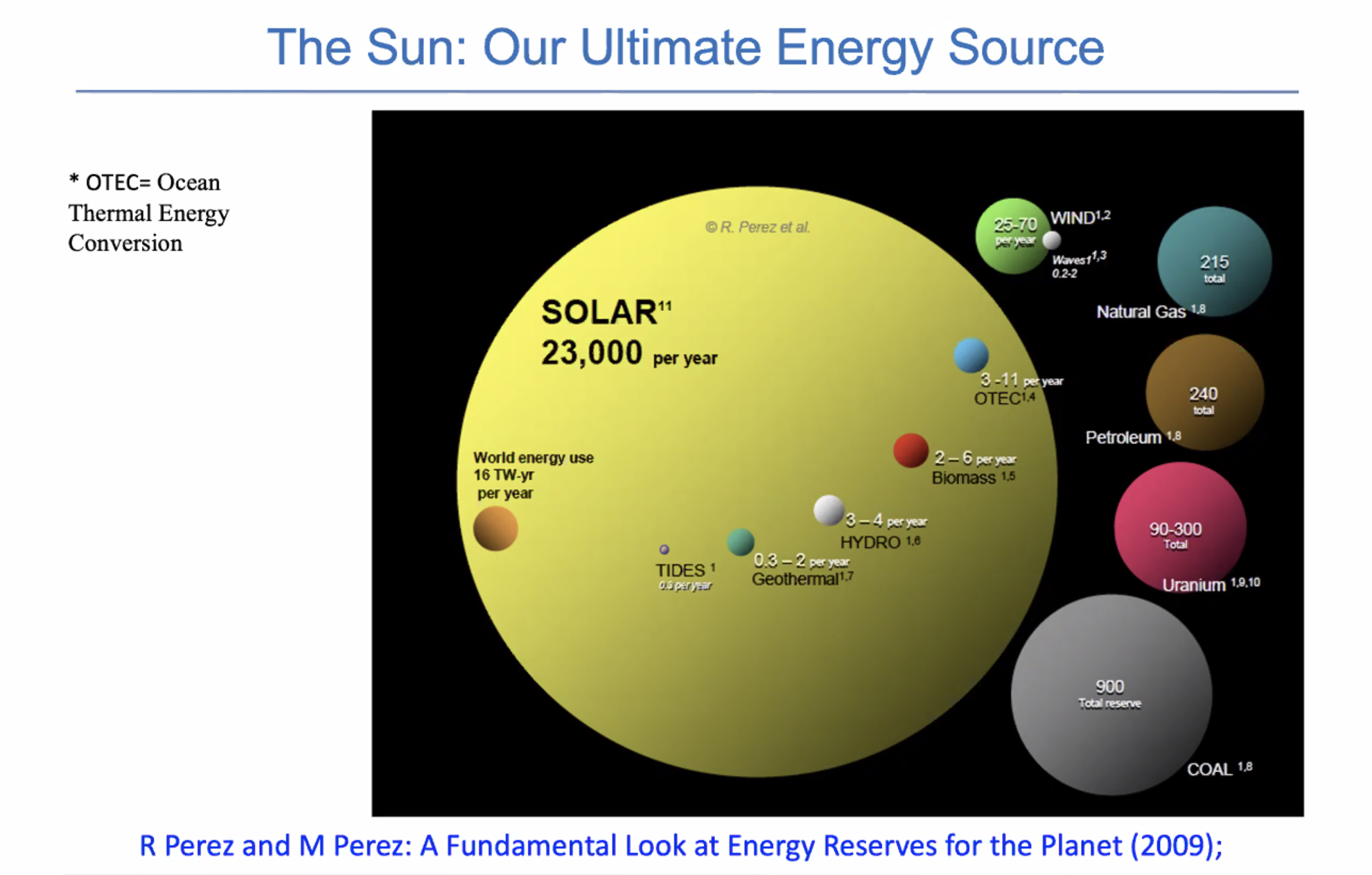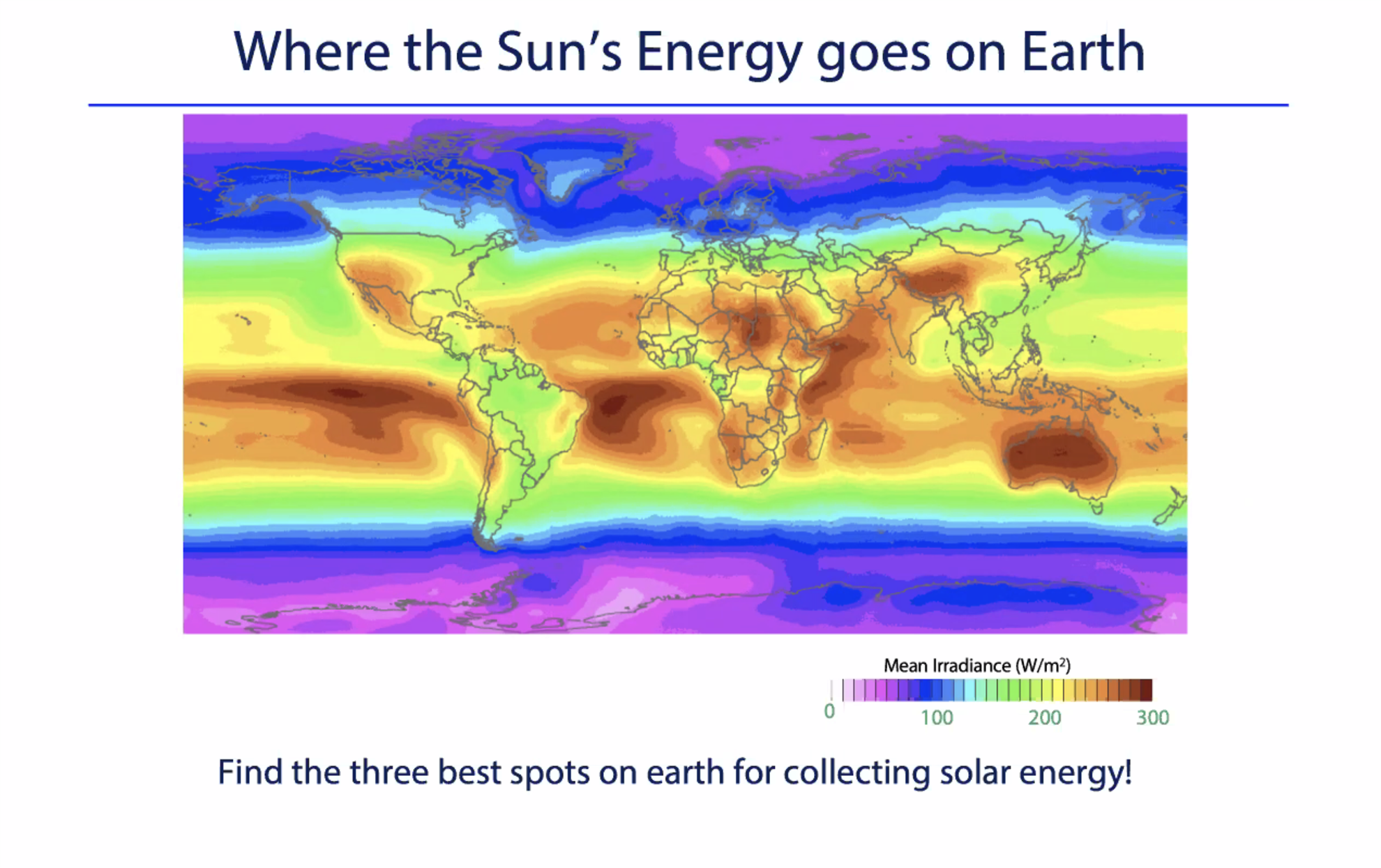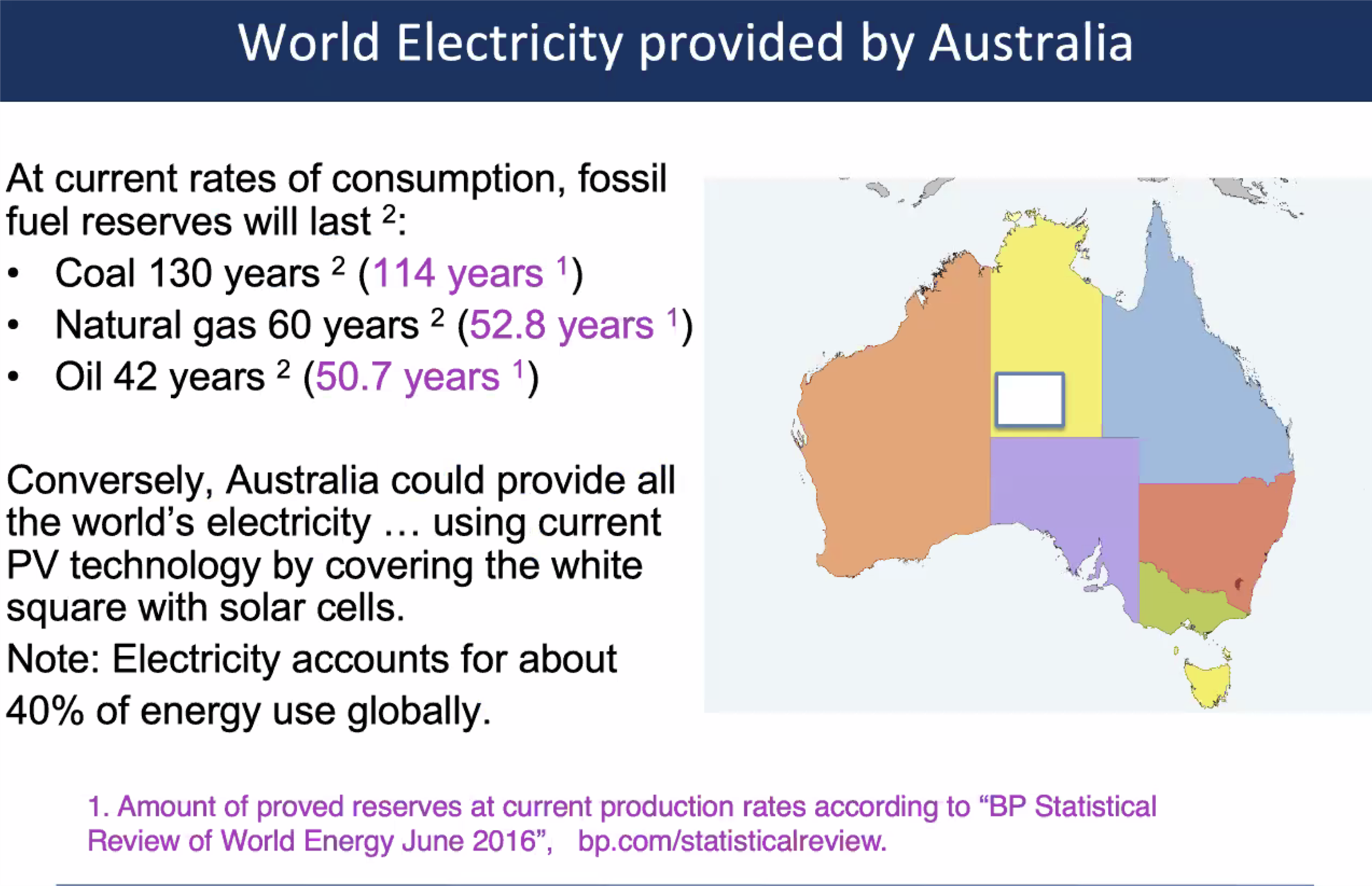 Our guest speaker via Zoom today was Professor Paul Mulvaney, speaking on the topic of Our Future World and Our Future Energy.
Our guest speaker via Zoom today was Professor Paul Mulvaney, speaking on the topic of Our Future World and Our Future Energy.Prof. Mulvaney is the current Laureate Professor of Chemistry, School of Chemistry, University of Melbourne and Director of the new, 7-year ARC Centre of Excellence in Exciton Science.
The ARC Centre of Excellence in Exciton Science looks for new materials that can help Australia transition to a sustainable energy future. Paul has published more than 330 research articles with an average of >150 citations per paper.
He commenced with three questions to introduce this exciting topic about energy and transitioning into the future.
- What is the energy challenge?
- What are the potential solutions?
- What are we doing?

Over the last 50 years a huge increase in burning fossil fuels has driven the world. We burn fuels at up to 15 times the rate as 150 years ago and it is increasing all the time - including biomass, trees, coal, oil, natural gas, nuclear energy, hydrogen and renewables.
At current rates of use fossil fuels will run out by the end of the century.
The side effect of burning fuel is an increase in CO 2 and as populations and economies increase, we burn energy faster and faster.
Consequences? Many believe that a catastrophic climate change event will occur and the overall temperature in the atmosphere will rise. But whether you believe in climate change or not, fossil fuel will quickly run out.
Potential Solutions
- Move away from fossil fuels and look at better options for the planet.
- Nuclear power is attractive but there is a finite supply of uranium.
- The Sun in one hour provides all the energy to keep planet going for a year. Solar power is ultimately seen as the best form of power but we need to find out how to harness it.
- Where to place the solar cells? Three land masses have been identified have the most sunlight in the world – The Sahara, The Gobi Desert and outback Australia.
- Australia has a fantastic opportunity to provide the world with clean power.
- Solar panels covering an area 400km x 400km of north-western Australia could sustainably provide all the world’s energy.
- Are there other ways to harness the sunlight?


Flexible solar cells printed on plastic and developed by the CSIRO have multiple applications to generate power, such as placing on clothes, tents, caravans, streetlights, back packs and not just on the roof of the house. We could all be generating the power walking down the street. This will change how cities are designed.
Buildings are  being designed now with solar, in the form of windowpanes, walls, etc. Great changes should be seen the next 5-10 years, with existing buildings being retrofitted.
being designed now with solar, in the form of windowpanes, walls, etc. Great changes should be seen the next 5-10 years, with existing buildings being retrofitted.
 being designed now with solar, in the form of windowpanes, walls, etc. Great changes should be seen the next 5-10 years, with existing buildings being retrofitted.
being designed now with solar, in the form of windowpanes, walls, etc. Great changes should be seen the next 5-10 years, with existing buildings being retrofitted. In urban landscapes, future food shortages are one of the greatest challenges. Better use of sunlight can increase production. Plants love red light and a change to pink glass houses could improve production.

The other challenge is to store solar energy in a transportable form. One way is to use solar energy to divide water into hydrogen and oxygen and used the stored hydrogen to power vehicles, ships etc.
Could Australia become the world’s energy super power?
Paul is optimistic about the future.